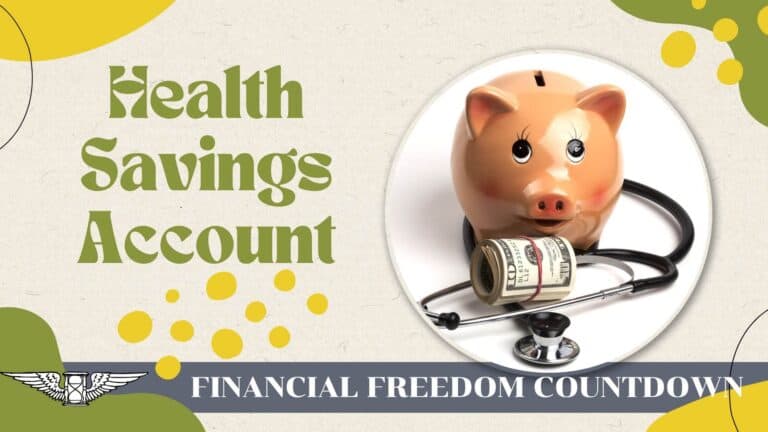Financially Fragile Households Embrace ‘Buy Now, Pay Later’ Plans at an Alarming Rate

Over the last twelve months, 89% of financially vulnerable users have made multiple “Buy now, pay later” (BNPL) purchases. according to a New York Fed report While BNPL offers flexibility in paying for goods and services over time, often with no interest, the Consumer Financial Protection Bureau (CFPB) has highlighted various potential consumer risks linked to its increasing utilization. These concerns encompass inconsistent consumer protections and the potential hazards of accumulating excessive debt and overextending financial commitments.
What is “Buy Now, Pay Later”?
Although the specific terms of BNPL plans may differ, the Office of the Comptroller of the Currency characterizes them as “loans that are payable in four or fewer installments and carry no finance charges.” Typically available at online checkout, BNPL plans have gained significant prominence in recent years and are now applicable to a broad spectrum of online transactions, spanning from regular retail acquisitions to fast food deliveries.
BNPL operates more like short-term credit for those financially vulnerable. The rising popularity of BNPL plans in recent years has introduced a novel approach to online shopping, particularly embraced by the younger population as avid users of this popular payment option. However, concerns have emerged about overspending, potentially leading users to incur substantial late fees and interest payments if they overlook their outstanding BNPL payments. Advocates of BNPL contend that the service enhances credit access and promotes financial inclusion, emphasizing its swift and straightforward approval process.
Selective Targeting in the Promotion of BNPL Plans
In terms of credit scores, 60% of respondents with scores above 760 received a BNPL offer, compared to about 80% of those with scores below 620.
Interestingly, individuals who had a credit application declined or experienced loan delinquency in the past year were also more likely to have been offered the BNPL option. These variations likely reflect the availability, potential targeting, and the nature of purchases and sources of such offers.
Concerning Patterns in BNPL Utilization
Usage of BNPL is markedly elevated among individuals with credit scores below 620 (43 percent) and those who experienced thirty days or more of delinquency at some point in the past year (37 percent). Furthermore, those who sought different forms of credit in the past year, indicating a higher demand for credit, were generally more inclined to report BNPL usage compared to those who did not apply for credit. Among credit applicants, BNPL utilization was notably high for those who faced credit application rejections in the past year (41 percent).
Moreover, BNPL users, on average, exhibit greater financial vulnerability, as assessed by their likelihood of being able to produce $2,000 in the next month in the event of an emergency.
Rich-Poor Divide
The survey categorized respondents into two groups:
1. the financially fragile, defined by a credit score below 620, recent credit application rejections, or thirty or more days of loan delinquency in the past year, and
2. all other respondents referred to as financially stable.
While both groups highlight the appeal of spreading payments, they exhibit noteworthy differences. The findings unveil distinct usage patterns, with financially fragile households using the BNPL service for frequent, relatively modest purchases that might pose affordability challenges otherwise.
In contrast, financially stable households utilize BNPL less frequently, emphasizing its utility in avoiding interest payments on credit-financed purchases. The financially stable often mention zero interest benefits, while the financially fragile focus more on ease of access and convenience.
Credit is a common theme, but for distinct reasons, as the financially fragile are more likely to cite poor credit, while the financially stable express a preference for avoiding credit card usage. Lastly, the financially fragile are more prone to mention making a purchase without upfront money or one they couldn’t otherwise afford, a point less emphasized by the financially stable who have a higher average net worth.
Is BNPL Exacerbating Delinquencies?
BNPL users are less inclined to depend on savings in response to a financial setback. While 68 percent of all respondents would turn to savings for the required funds, only 42 percent of BNPL users would do so. Instead, they express a greater likelihood of resorting to borrowing, whether from friends, family, banks, or credit cards. The heightened proportion of financially fragile BNPL users raises concerns regarding the resilience of BNPL lending and its effectiveness in navigating through challenging economic conditions.
Like Financial Freedom Countdown content? Be sure to follow us on MSN!

John Dealbreuin came from a third world country to the US with only $1,000 not knowing anyone; guided by an immigrant dream. In 12 years, he achieved his retirement number.
He started Financial Freedom Countdown to help everyone think differently about their financial challenges and live their best lives. John resides in the San Francisco Bay Area enjoying nature trails and weight training.
Here are his recommended tools
M1 Finance: John compared M1 Finance against Vanguard, Schwab, Fidelity, Wealthfront and Betterment to find the perfect investment platform. He uses it due to zero fees, very low minimums, automated investment with automatic rebalancing. The pre-built asset allocations and fractional shares helps one get started right away.
Personal Capital: This is a free tool John uses to track his net worth on a regular basis and as a retirement planner. It also alerts him wrt hidden fees and has a budget tracker included.
Streitwise is available for accredited and non-accredited investors. They have one of the lowest fees and high “skin in the game,” with over $5M of capital invested by founders in the deals. It is also open to foreign/non-USA investor. Minimum investment is $5,000.
Platforms like Yieldstreet provide investment options in art, legal, structured notes, venture capital, etc. They also have fixed-income portfolios spread across multiple asset classes with a single investment with low minimums of $10,000.





